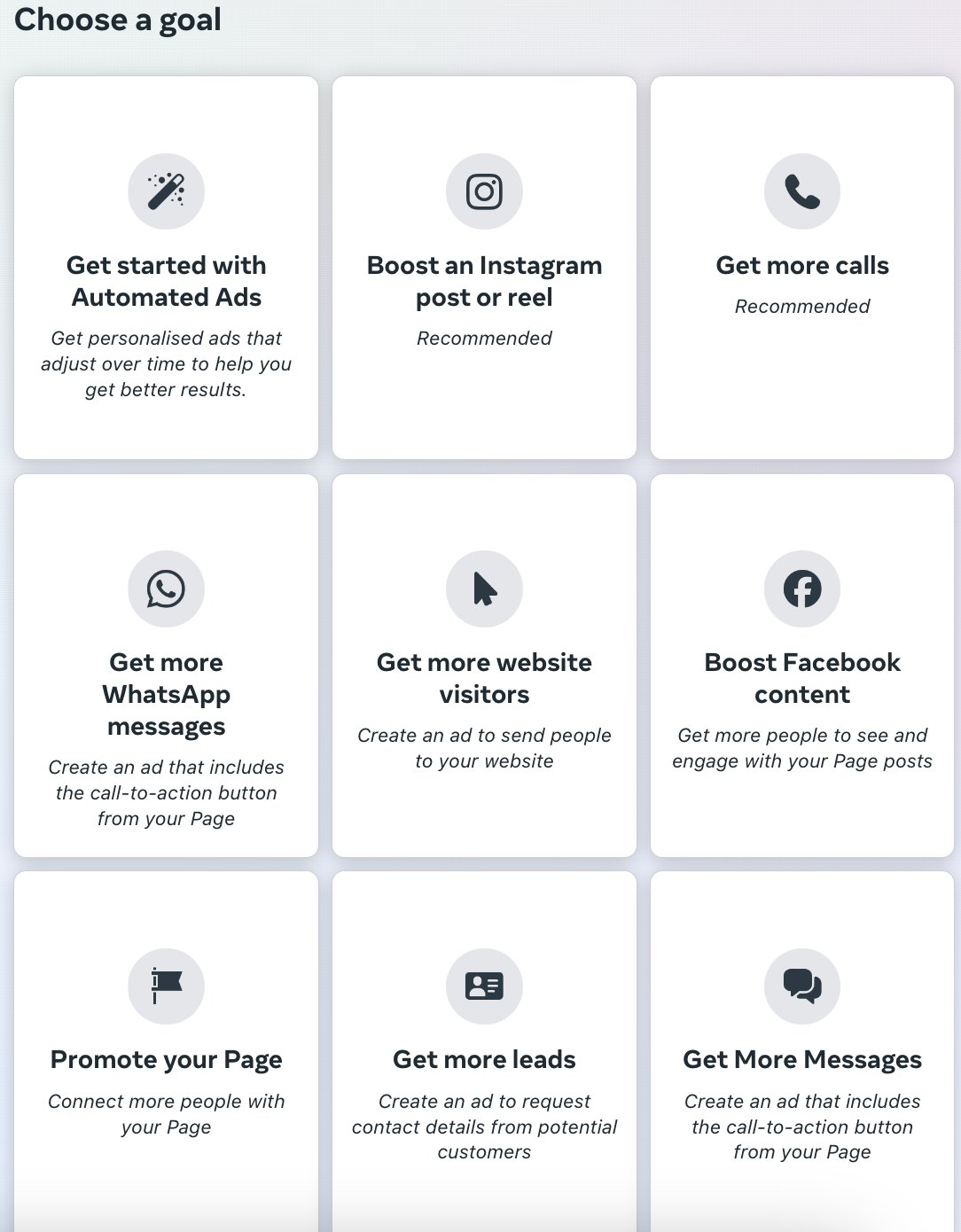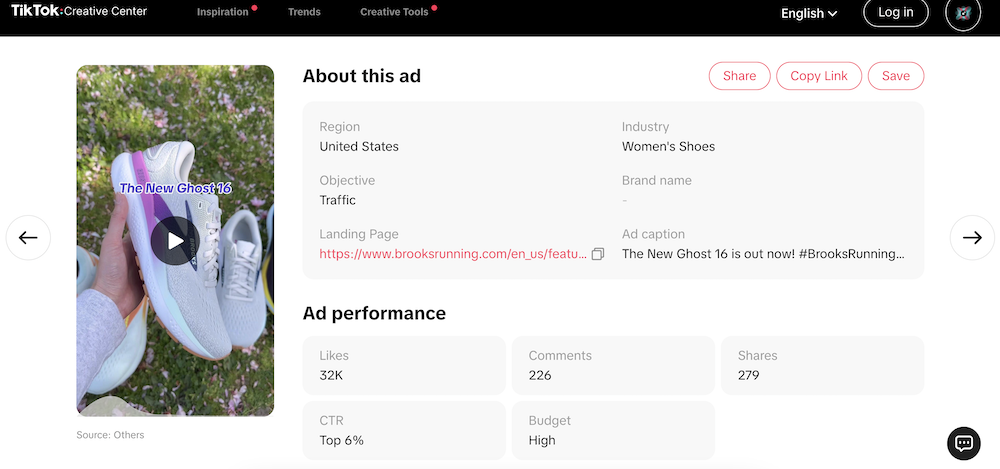
Marketing
Why are reviews important for your retail store?
Reviews guide customers as they make choices, foster trust, and can even give sales a significant lift. If your clothing...
Ad Budget: How Much to Spend and Where to Spend It?
Marketing

Deciding how much to invest and where to allocate your marketing budget can be daunting for both beginners and advanced businesses.
But don’t worry! In this guide, we’ll break down everything you need to know about setting up an effective ad budget.
From social media ads to Google campaigns, we'll explore the best places to invest your hard-earned dollars and how to maximize your return on investment.
By the end, you’ll feel confident in your ability to make smart advertising decisions that drive sales and grow your brand.
Let’s dive in!
Check out: Best ways to promote your clothing store
An advertising budget refers to the financial resources that a company allocates for promoting its products or services across different marketing platforms.
A well-defined ad budget helps businesses allocate resources effectively, ensuring that their spending aligns with their overall marketing strategy.
Allocating an advertising budget ensures your resources are used as effectively as possible. Without a clear budget, spending can quickly spiral out of control, leading to wasted funds on ineffective campaigns.
With a defined budget:
For instance, if you set aside $1000 for social media ads, you can plan your campaigns to make the most out of that amount without worrying about unexpected costs.
You might allocate $400 to Facebook ads targeting a specific demographic, $300 to Instagram ads showcasing your latest products, and $300 to TikTok ads to engage a younger audience.
By doing this, you can track the performance of each platform, making adjustments as necessary while staying within your budget.
A well-defined ad budget helps in setting clear goals for your advertising efforts.
Knowing your financial limits allows you to:
Let’s say you have a clothing store and are introducing a new product. With an allocated budget, you can aim for precise metrics like reaching 10,000 people or generating 500 clicks to your website.
This clarity helps in crafting targeted campaigns that align with your business goals.
Having a defined ad budget allows for better tracking and measurement of the return on investment (ROI) for your advertising campaigns.
Here’s why this is crucial:
For instance, if you spend $500 on Google Ads and generate $1500 in sales, knowing this ROI helps you decide whether to increase spending on Google Ads or explore other platforms.
A defined ad budget can help you in making strategic decisions about where to invest your marketing dollars.
Businesses often face choices between various platforms like:
With a clear budget, you can assess the potential ROI from each platform and allocate funds accordingly.
For instance, if data shows higher conversion rates from Instagram ads compared to TV commercials, shifting more budget towards Instagram becomes a clear winning decision.
Your marketing goals set the stage for how much you should allocate to advertising.
For instance:

The scope of your target audience and how competitive your market is will significantly affect your ad spend strategy as well.
For instance, if you’re targeting a broader audience, such as young adults aged 18-34 across multiple regions, you may find that reaching them meaningfully requires a higher budget. This is because you may need to invest in various advertising platforms.
Additionally, larger audiences often demand more extensive creative and testing efforts to determine what resonates best, which can further increase costs.
On the other hand, if your business focuses on a smaller, niche market, you may find that your advertising budget can stretch further as you can often one or two platforms only that cater specifically to your audience’s interests.
Understanding your financial health and the competitiveness of your industry helps shape an adequate ad spend strategy.
Highly competitive markets often come with higher costs per click (CPC) or cost per impressions (CPM). Assess where you stand against competitors and be prepared for potential bidding wars on popular keywords.
In less competitive sectors, however, moderate spending may still yield substantial results, allowing businesses to achieve their marketing goals without the pressure of intense competition.
Your profits play a vital role in determining how much you should invest in marketing, especially when considering your growth goals.
For example, if your business is aiming for rapid growth, it’s essential to consider proportional increases in your ad budgets.
This means that as your revenue grows, your marketing spend should also rise to support that expansion.
However, it’s equally important to ensure that this increased investment aligns with your overall revenue projections. You don’t want to overextend your budget, as doing so could strain other operational resources.
If we take into account all of the factors we talked about above, here are the main steps on how to roughly calculate your ad budget:
STEP 1: Determine what percentage of your revenue you want to allocate to advertising. For example, if your business brings in $100,000 a year, you might budget between $5,000 to $10,000 for advertising.
STEP 2: Consider your specific marketing goals. If you’re launching a new product or campaign, you might want to increase your budget temporarily to gain traction.
STEP 3: Each platform has different costs associated with it, so research what’s required for each of them. For example, Facebook ads can cost anywhere from $1 to $500 a month and more.
STEP 4: Keep an eye on your competitors—knowing how much they’re spending can help you gauge your budget. If your competitors are spending about 10% of their revenue on ads, you may want to consider a similar approach to remain competitive.
| Description | Cost |
|---|---|
| Determine the percentage of revenue for advertising. | e.g., $5,000 to $10,000 for $100,000 revenue |
| Adjust your budget for specific marketing goals. | Varies by campaign |
| Research platform-specific advertising costs. | Facebook: $1 to $500+ per month |
| Check competitors’ ad spending to gauge your budget. | e.g., ~10% of their revenue |
When deciding on your ad budget and which ads to run, the challenge is not just how much to spend but where to spend it.
Here’s a breakdown of popular advertising platforms and channels you might consider.
Continue reading: How to create Google shopping ads?

Continue reading: How to create TikTok ads?

Continue reading: How to create Instagram ads?

Continue reading: How to create Facebook ads?

By understanding your marketing objectives, target audience, competitors, and expected profits, you can allocate your resources wisely and strategically.
Whether you choose to invest in Google, TikTok, Instagram, or Facebook ads, each platform offers unique benefits that can enhance your reach and engagement.
Remember to regularly track your ad spending and adjust your budget based on your ad performance.
By doing so, you’ll ensure that every dollar you invest works hard to achieve your growth goals and elevate your brand’s presence.
What is dropshipping?